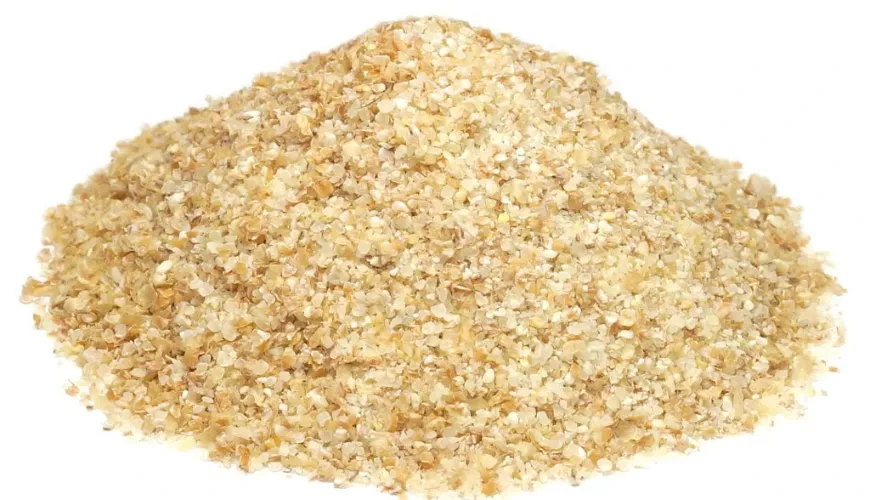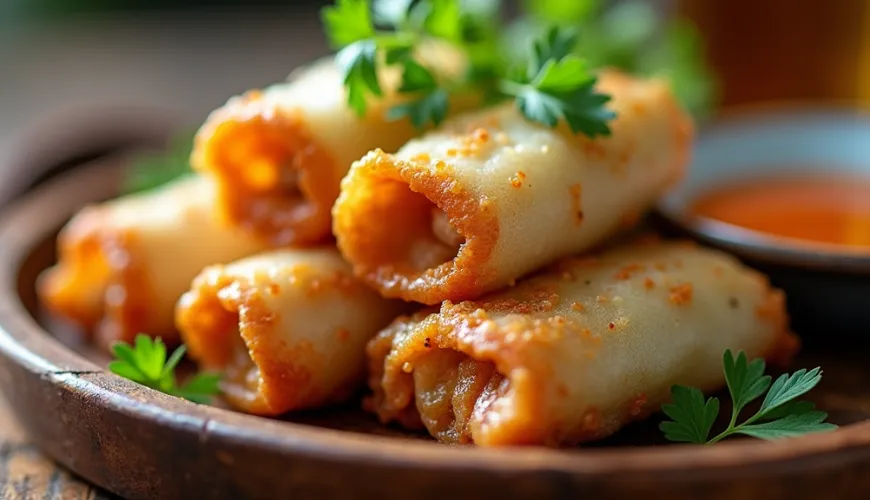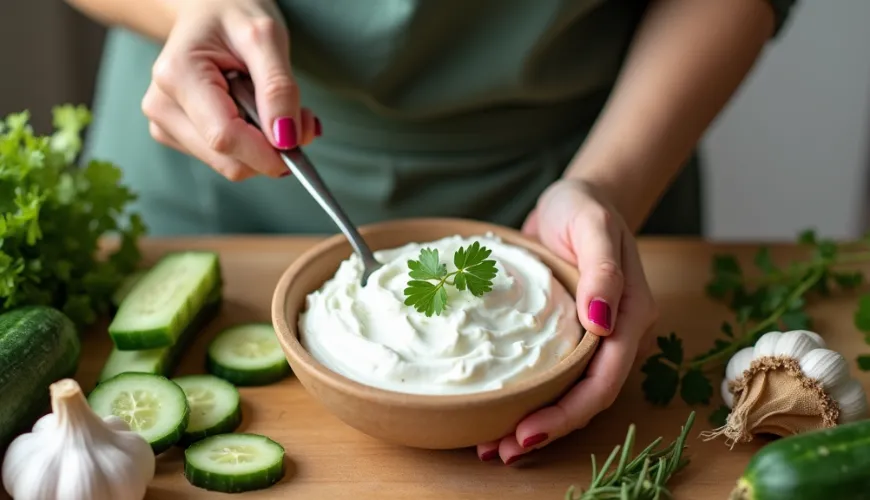
Prepare nem rán and discover the secrets of Vietnamese cuisine

Vietnamese Nem Rán - A Crispy Delight That Has Captured the World
If you've ever visited a Vietnamese restaurant or tasted authentic Asian cuisine, it's very likely that you've encountered crispy rolls called nem rán. In the Czech Republic, they are often confused with Chinese spring rolls, but the Vietnamese version has its own distinct character and flavor that deserves attention. This traditional dish, also known as Vietnamese fried rolls, has been gaining popularity not only in Asia but also in Europe in recent years. And it's no wonder – the delicate aroma, diverse ingredients, and crispy texture create a perfect combination.
What is Nem Rán and Why Should You Try It?
Nem rán, also known globally by the French name nems, is a classic Vietnamese dish made from thin rice papers filled with a mixture of minced meat (most commonly pork), vegetables, mushrooms, and noodles, and then fried to a golden crisp in oil. The result is a golden crispy roll that is juicy inside and rich in flavors.
In different parts of Vietnam, you can find variations based on local ingredients. For example, in northern Vietnam, especially in Hanoi, nem rán is prepared more traditionally and tends to be smaller, while in the south, it can be larger and include sweeter ingredients. Interestingly, in Vietnamese cuisine, nem rán is often served with fresh herbs and rice noodles as part of a dish called bún nem rán, creating a balanced and refreshing meal full of contrasting flavors and textures.
How to Prepare Nem Rán at Home?
You might think that making Vietnamese fried rolls at home sounds complicated. But with a little patience and quality ingredients, anyone with a desire to try something new can do it. If you're looking for a recipe for nem rán, or want to learn how to make nem rán (cách làm nem rán), we have a simple and authentic method for you.
Basic Ingredients (for about 20 rolls):
- 200 g minced pork
- 50 g thin glass rice noodles (soaked and chopped)
- 100 g white cabbage or Chinese cabbage (finely grated)
- 1 medium carrot (grated)
- 20 g dried black mushrooms (soaked and chopped)
- 1 egg
- 2 cloves of garlic (chopped)
- salt, pepper, fish sauce (nước mắm)
- 20 rice papers for rolls
Method:
- Mix all the filling ingredients in a bowl – you should get a fragrant, supple mixture.
- Briefly soak the rice paper in lukewarm water to soften it, then place it on a clean towel or wooden board.
- Place about a tablespoon of filling on the lower part of the paper and roll it like an envelope – first cover the filling with the bottom edge, then fold the sides and roll tightly upwards.
- Fry the finished rolls at medium temperature in a deeper layer of oil until golden. For extra crispiness, you can fry them twice – first briefly and the second time just before serving.
The rolls taste great on their own, but when paired with traditional Vietnamese sauce based on fish sauce, vinegar, sugar, lime, and garlic, they gain another dimension. And if you serve them with rice noodles and fresh mint, coriander, and lettuce, you have authentic bún nem rán – a dish that is a welcome refreshment in the hot Vietnamese climate.
Nem Rán in the Context of Healthy and Sustainable Eating
At first glance, nem rán may not seem like a healthy dish – after all, it's a fried food. But it depends on the preparation method and the ingredients used. If you use quality free-range meat, organic vegetables, and healthier oil options (e.g., peanut or sunflower oil with a higher smoke point), you can enjoy it with a clear conscience.
An interesting alternative for vegetarians is a filling made from tofu, mushrooms, and plenty of vegetables. And if you want to avoid frying, you can bake the rolls in the oven or prepare them in an air fryer – the result may be less traditional, but still tasty and much lighter.
Moreover, making nem rán at home prompts you to think about the origin of the ingredients you use. By choosing local and seasonal products, you reduce your carbon footprint and support sustainable agriculture. This is precisely the type of decision that fits into the philosophy of a healthy lifestyle and an eco-friendly household.
Stories from Vietnamese Households
In Vietnam, nem rán is often prepared for festive occasions, such as Tết (Vietnamese New Year) or family celebrations. Each family has its own recipe passed down from generation to generation. Children help with wrapping the rolls, while grandmothers oversee the seasoning of the filling.
One Vietnamese family living in Prague shared how they prepare nem rán together every Saturday – as a ritual that connects generations. "Our children learn not only to cook but also to understand our roots. And when we see them packing it into their lunch boxes for school, we know they are carrying on this tradition," says Mrs. Linh, who came to the Czech Republic in the 1990s.
This personal dimension of food is something often missing in the modern fast-paced world. And it is thanks to dishes like nem rán that we can pause for a moment, share with family and friends, and enjoy authentic flavors that have soul.
Why is Nem Rán More Than Just a Roll?
At a time when more and more people are trying to eat healthily and sustainably, nem rán is proof that traditional cuisine can be part of a modern lifestyle. If you prepare the dish at home, you have full control over what you eat – from the choice of meat to the type of oil used. And moreover, you can enjoy the joy of creation and sharing, which is something we need so much today.
Whether you're looking for inspiration for a healthy lunch, want to learn a new recipe, or just expand your culinary repertoire, Vietnamese nem rán offers much more than just a crispy experience. It is a window into another culture that values family, fresh ingredients, and simple yet honest food. And that's precisely why this dish has survived for generations and is now finding its way onto our plates.

